Garbiñe Larrea has presented the cosmetic book with medicinal plants to be published on 7 November in Donostia-San Sebastián. The book provides complete information and information on how to perform the necessary products ourselves to clean and care for the skin, hair and different parts of the body. According to Larrea, this case is not superficial, as an average of 100 toxic substances are introduced daily through industrial cosmetics and we pollute both water and Earth with them.
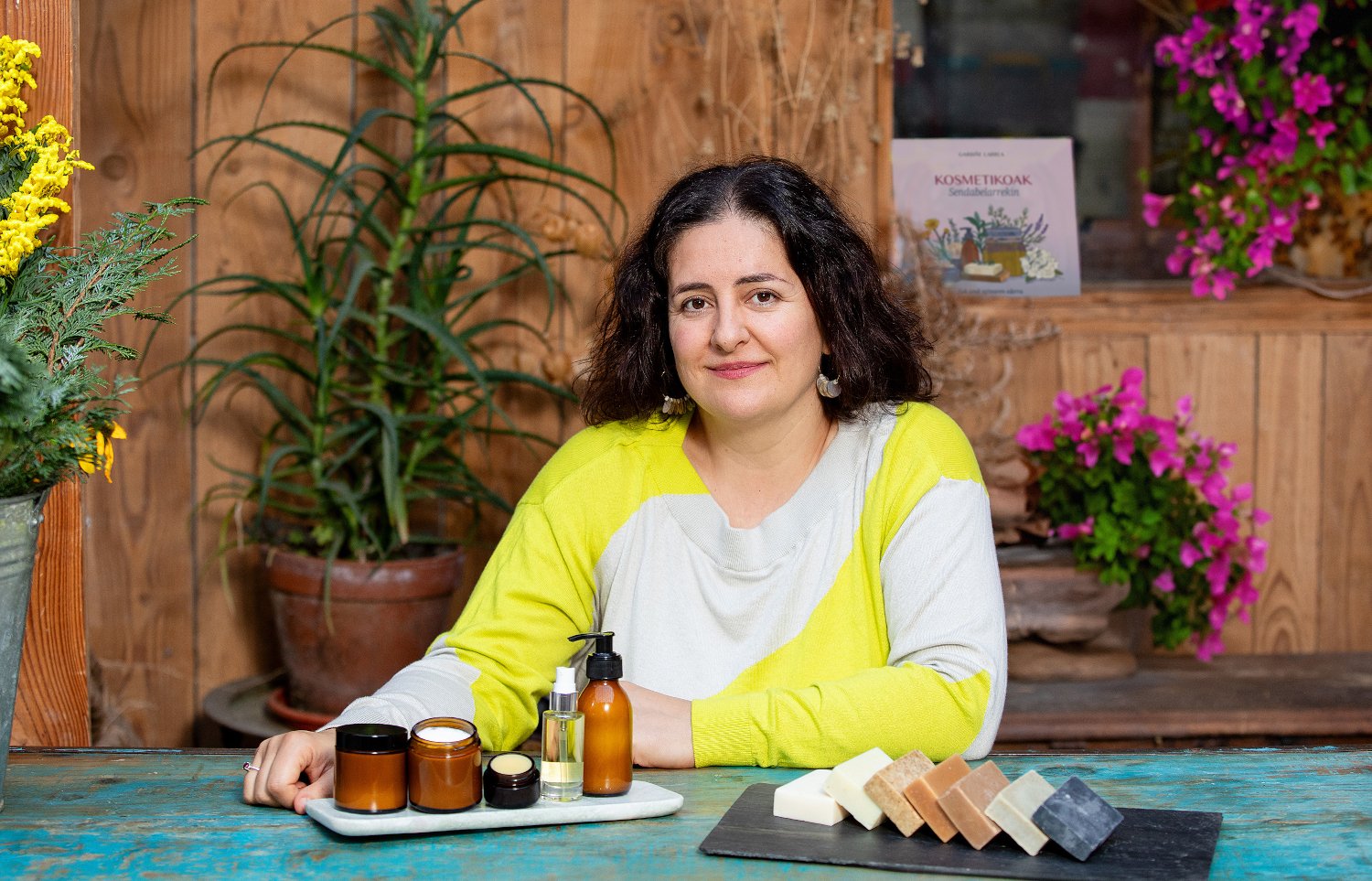
Why did you get this book out? For what social needs?
For many years, in the consultation work, I've seen people with many skin diseases. And these skin diseases were not often natural or natural, but caused by industrial cosmetics. I was struck by the fact that some of the products made for the youngest were the worst! And that their accumulation was the cause of dermatitis for a year. They stopped using all of them in a week and often turned the problem around.
On the other hand, an important sector has chronic skin diseases and comforts and difficulties for their care. In no case have we fallen into the approach of curing diseases, as important elements such as lifestyle, feeding... but superficial dryness, itching, resentment, inflammation... we can begin to treat them through the elaboration of products.
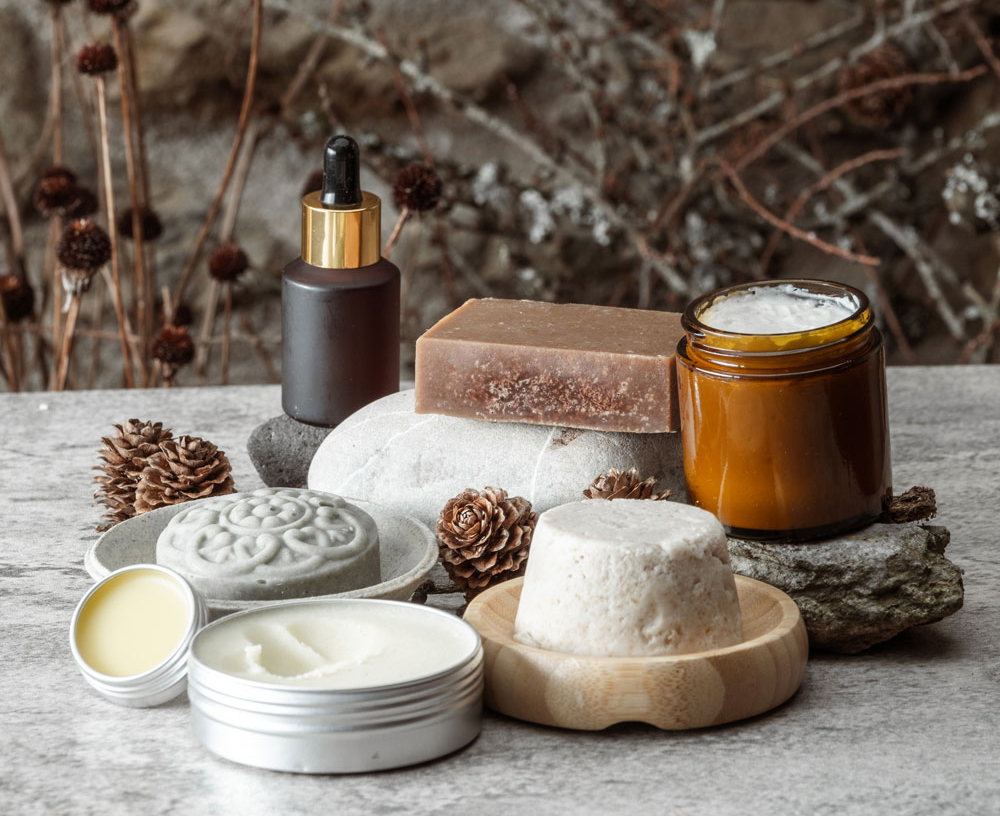
And in addition to cleaning and care, there's another issue that I'm really worried about, which is pollution. Right now, we don't have that awareness of what we do every day. And also a person who uses little has dental mass, shampoo, gel for the body, soap for the sink -- that can't stop using the four or five elements and that if we add all of them, we see what pollution enters our body, that goes inwards exceeding the dermal limit of our skin and that is causing us problems. And with that water running through the sewer, we're getting the Earth dirty and it's polluting us again. It seemed to me that we had to break that cycle.
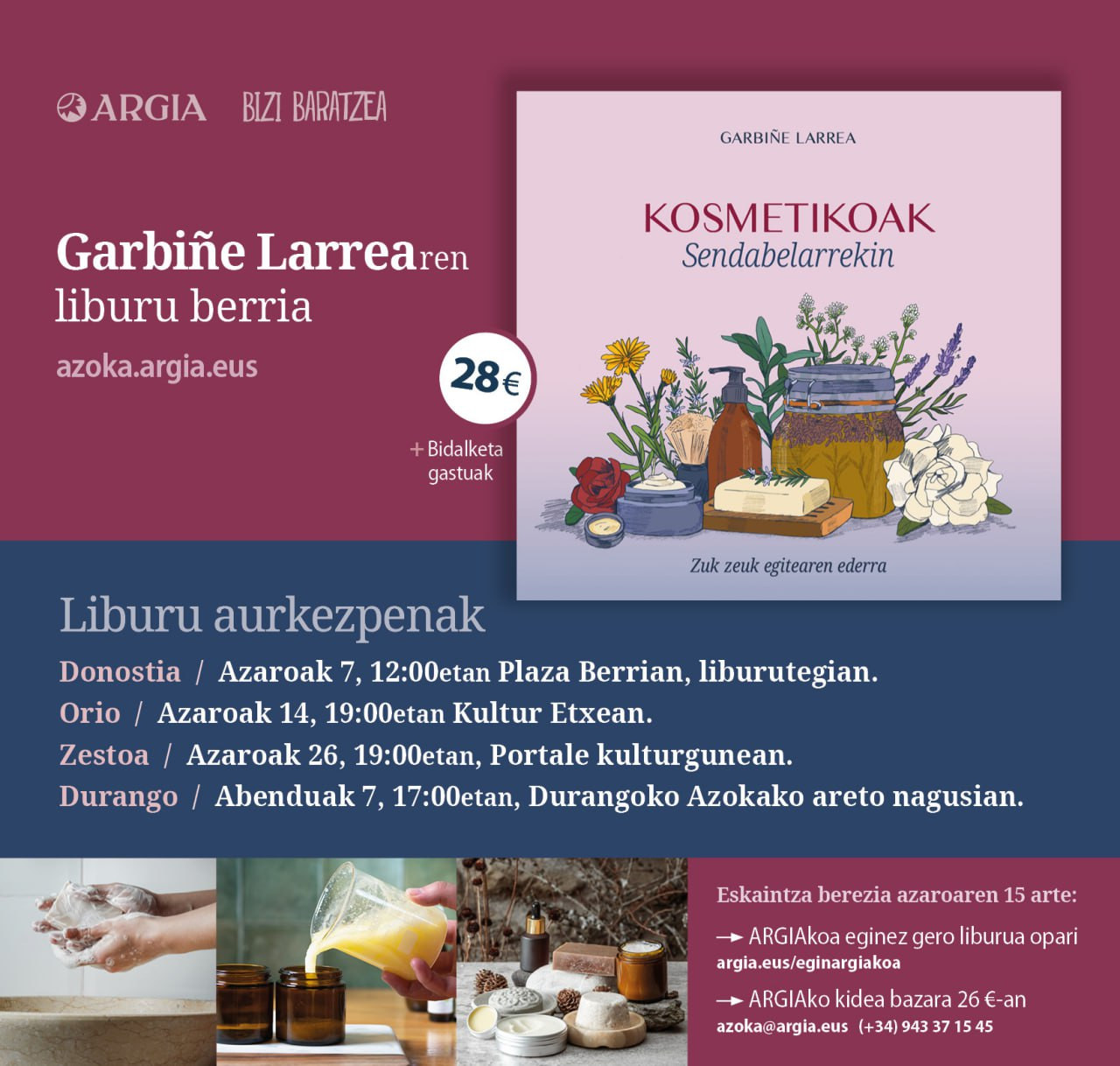
In the book he mentions that industrial cosmetics will be “the asbestos of the future”.
I called it in 2017 in an interview with ARGIA journalist Onintza Irureta. The news was that several solar creams were banned in several countries around the world, due to coral destruction. And it was my reflection, look, destroy the coral, and we're giving it to the skin, and we think that doesn't have that bad impact.
Asbestos is a public health problem and something like this comes to us with industrial cosmetics, and this is not an organisation that I want a lot, but the World Health Organisation has already said the problem. This year, the International Endocrinology Association has also said to what extent our hormonal system is being hacked, and especially in the case of women, the synthetic components that transcend the dermal limit of our skin and are introduced into it, mimicking our estrogen, that is, how bad they are doing inside as external estrogens. This is currently associated with the monthly syndrome, and in the medium-long term it is observed that it is related to cancers and sterility.
In addition to criticizing, through this book I have wanted to give resources.
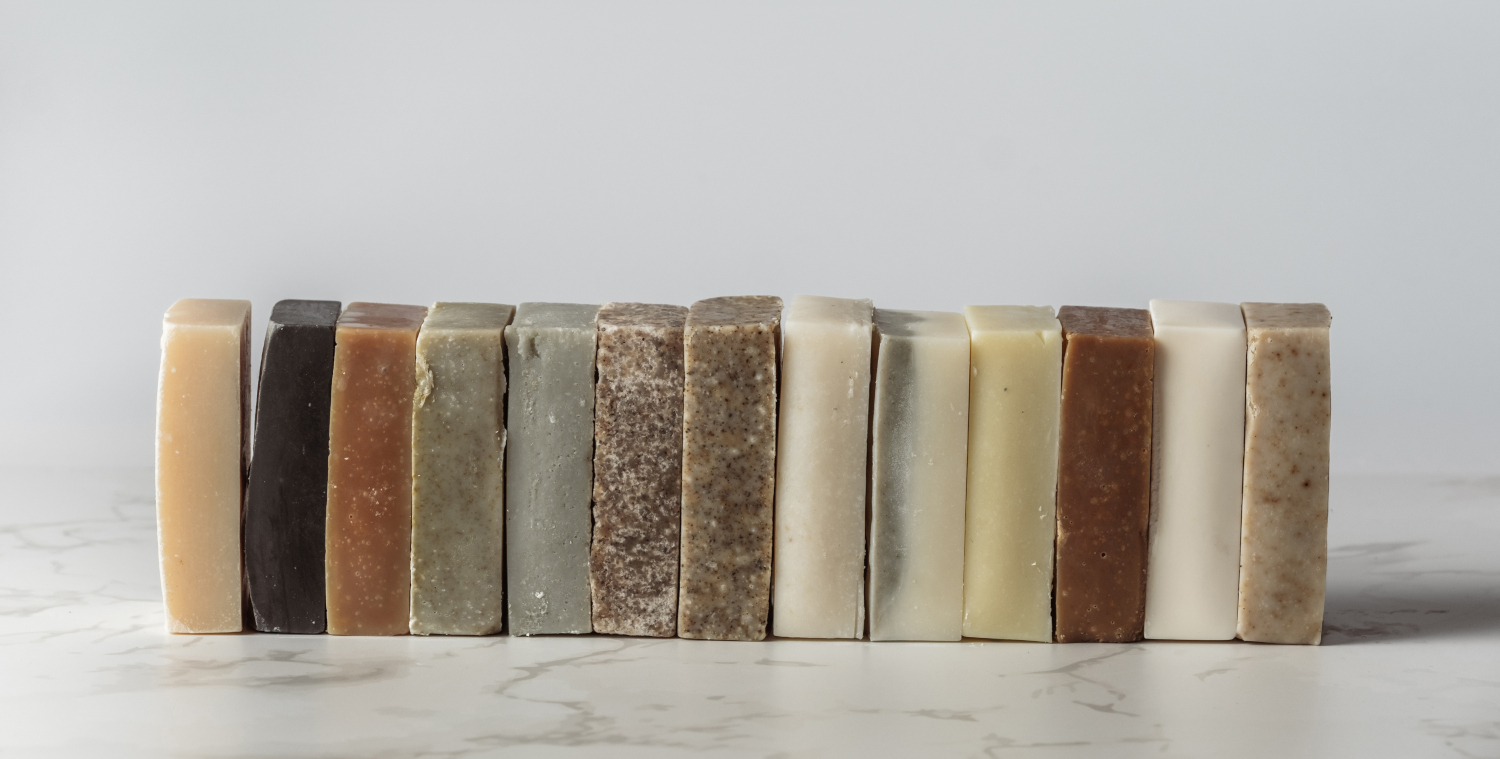
Ekologistak Martxan has also carried out investigations. I want to use the example of asbestos to say that the conventional cosmetic models that we are being sold today are contaminants or endocrine disruptors and we are not aware of that. Ten years ago, a study told us that in the case of women, we ingest an average of 185 toxic components a day through cosmetics and in the case of men, 85. And we're not aware of the cocktail effect that it does inside, because we don't investigate it. Furthermore, ten years later we know that this research is outdated, that it is more days.
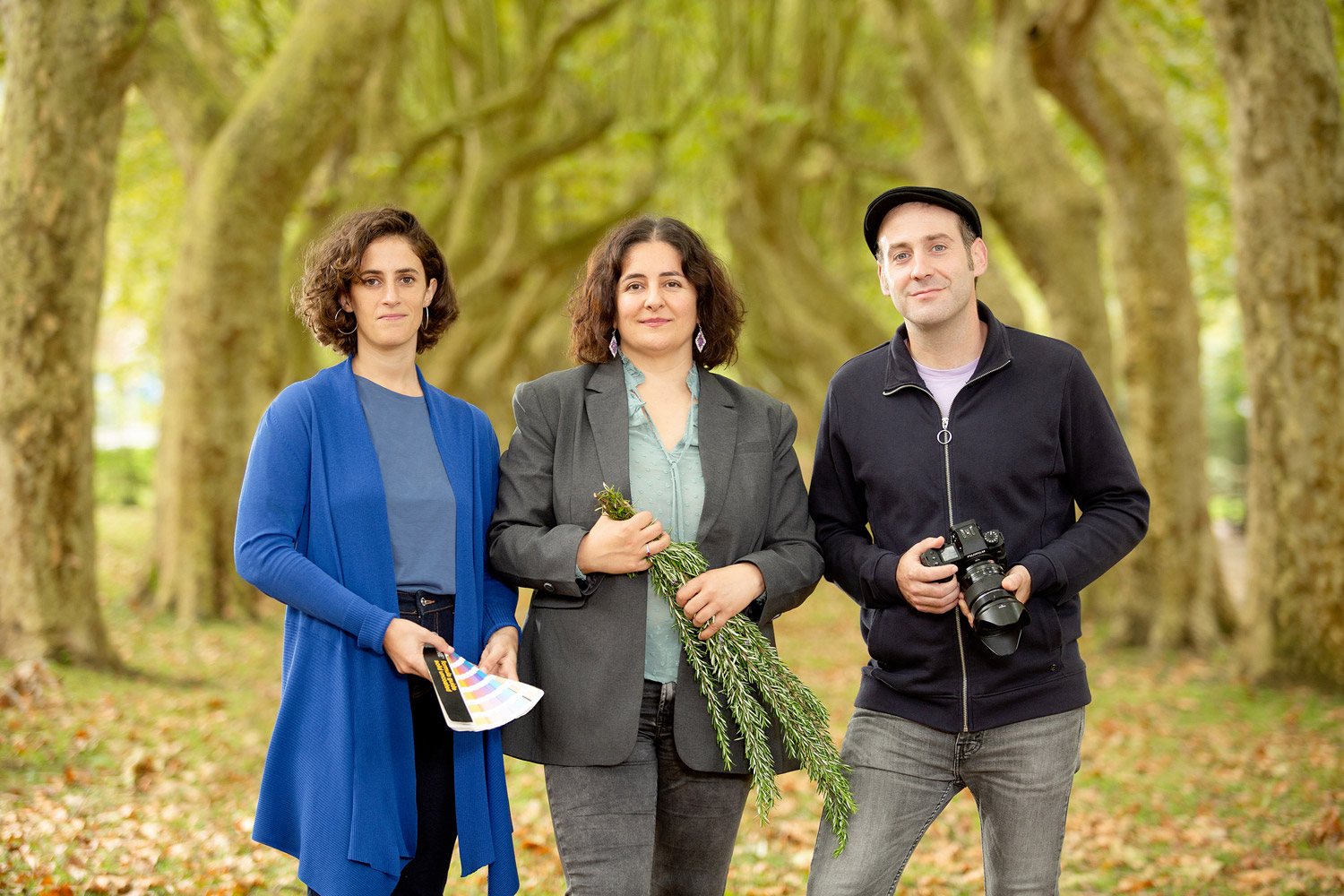
Cosmetics are related to the desire for beauty. How do you understand beauty, and how have you, the photographer Ibai Arrieta and designer Maitane Gartziandia brought it to this book?
From the outset we were very clear that we did not want to express in the book a model of people's beauty, that is, that we would not use a model and we would not put people who represent the present beauty in terms of the aesthetic canon: we felt that there is a diversity that is difficult to collect properly, and it seemed to us that in the current model of cosmetics, both in industrial and natural cosmetics, people's beauty is used to justify the quality.
We believe that beauty is a value, but it is in other elements: that is, it is in the process, the beautiful element that the elaboration of these cosmetics has, and that we can make beautiful objects from plants... and not so much the end result that these cosmetics produce in the body, because it seems to us that this canon of beauty that they want to sell us is ephemeral, that it is difficult to maintain and that behind there is a kind of dictatorship, not respect for diversity. We talked a lot about it, Maitane Gartziandia, Ibai Arrieta and I, because that conditioned the photos we took. And at the same time, it's a beautiful book, because being a beauty sector, it has a lot of beautiful.
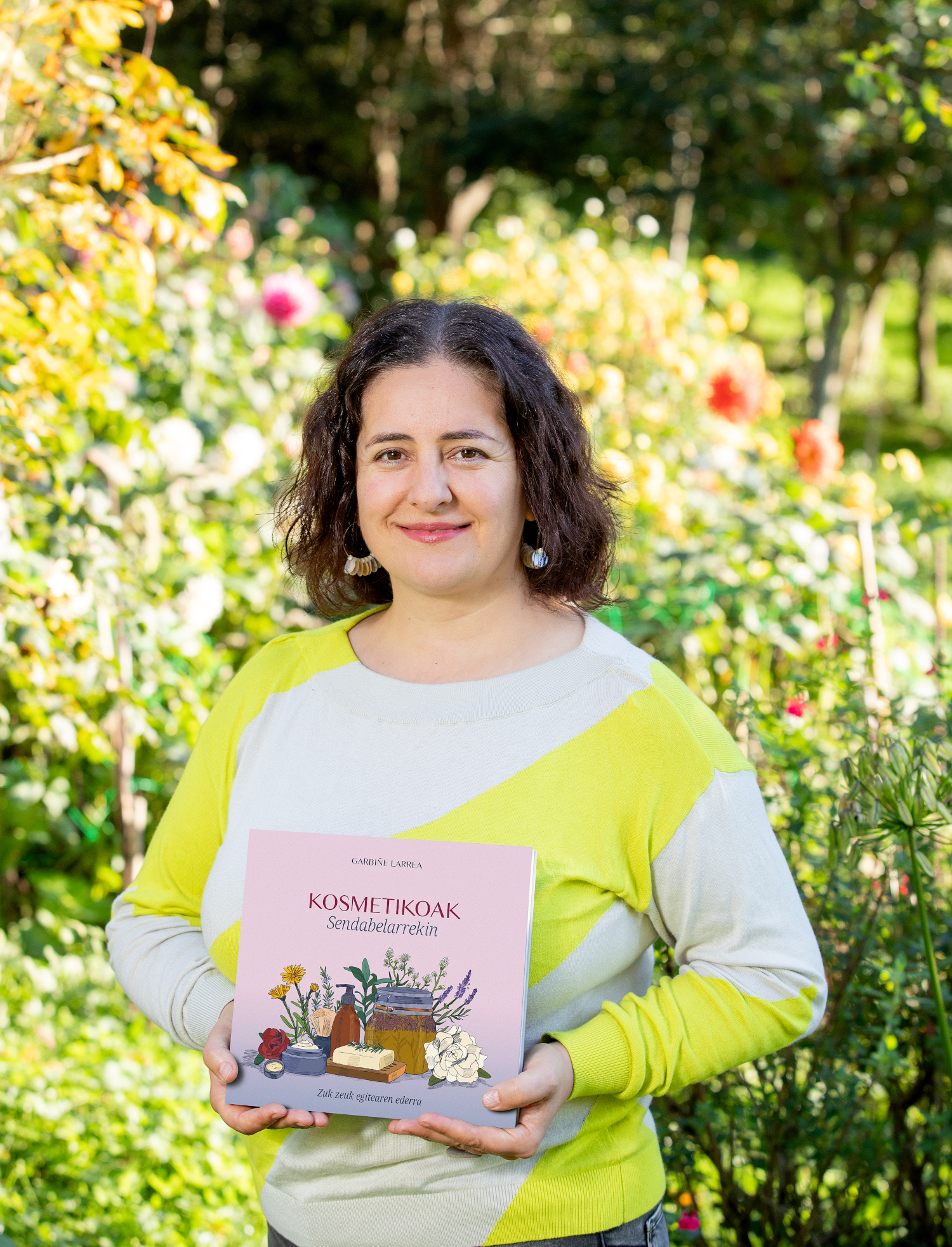
It highlights the importance of doing it at home. Can’t we trust “natural” products purchased from pharmacies or herbalists?
I trust you will know what are the top five ingredients of any cosmetic. We know that in the label nomenclature, INCI, 90% of the product is in the top five ingredients.
Where you buy it, that for me is not a puppet. I give no total confidence to any brand, because I see that there is fraud in formulations. I am not served by this greenwashing, that is to say, packing a product and making an eco-friendly product and that of the twenty-four ingredients the natural elements are three or four. And it's exactly those three or four that announce them, but they don't tell us about everything else.
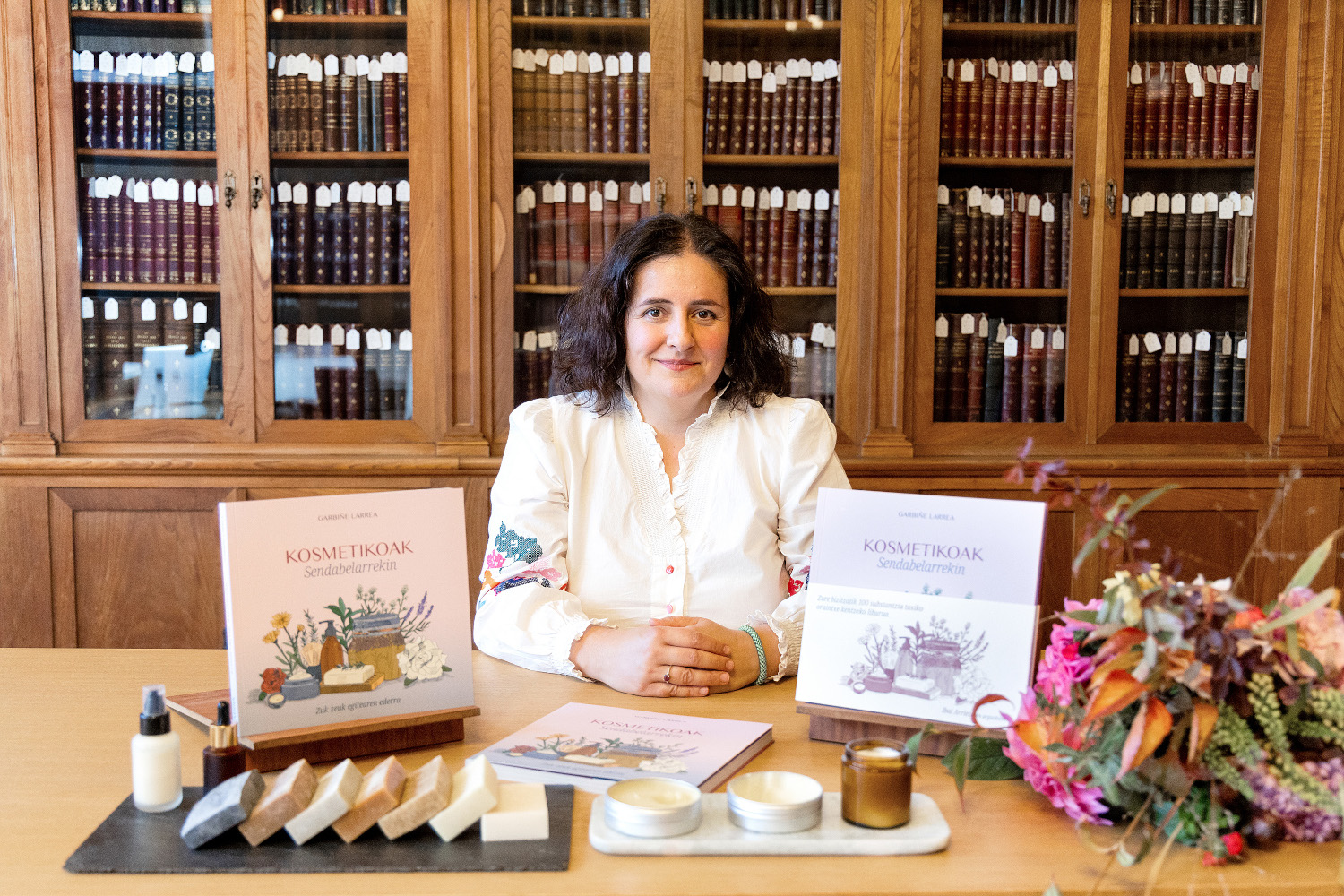
Some people have told me that they do not make cosmetics at home, but when it comes to buying, you have to bear in mind that this book gives them clues...
If people don't have consciousness and they don't really see a problem here, the book's job is to notify and make it visible. On the other hand, the book provides the reader with a series of criteria that must be taken into account when buying cosmetics.
We have to adopt a number of attitudes and criteria, we have to acquire practices in order to be able to buy safely. I would like this book also to make a contribution.
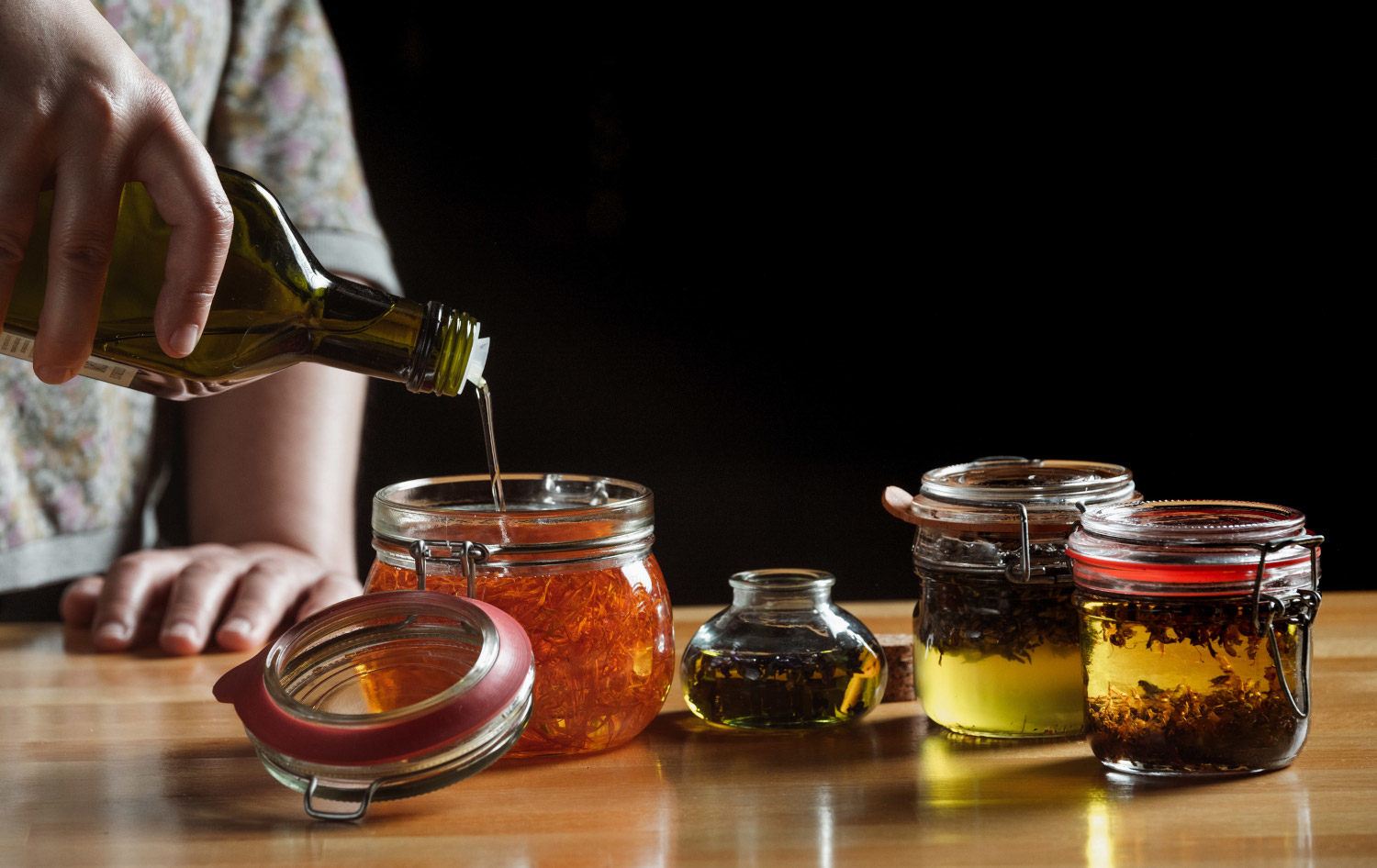
Are we going to need a lot of money and time to make cosmetics at home?
No, it doesn't have to. A formula in the book is “Easy body cream” and is made with six components. With six ingredients we can make a cream for the whole year. How long does it take for us to do that? About half an hour. The investment made, both in time and in materials, is nothing in terms of its later use. And in order to clean and care for the skin, we need very few products, not eleven. That is what we have to resort to.
If we want expensive ingredients these are essential oils, but also cosmetic assets, always a very distant plant, an extract from it... that is, we are paying a lot to the intermediary, not because the product is worth a lot. Marketing emphasizes the wonderful elements of this product and we want to give it hope. And we're looking forward to believing in these kinds of wonderful products. I mean, you remove the wrinkles, the other cellulite -- it's obvious that you can't, if you don't, at home we have a lot of products, and the problem is still there, right? We should do a little bit of self-criticism.
Look, there are few plants that are good for your skin, like the truth. Or plantain-grass, or hairs... we can make a good cosmetic with five medicinal plants for us.
There are face creams that are paid EUR 285, I recently had one in my hand. As for its components, there is no justification for this to be worth EUR 285. What's the reason? Well, positioning in the market, having a high-level cosmetics, and what it sells is the concept of luxury. But if we look at its content, the elaboration of this cream will probably not cost EUR 25.
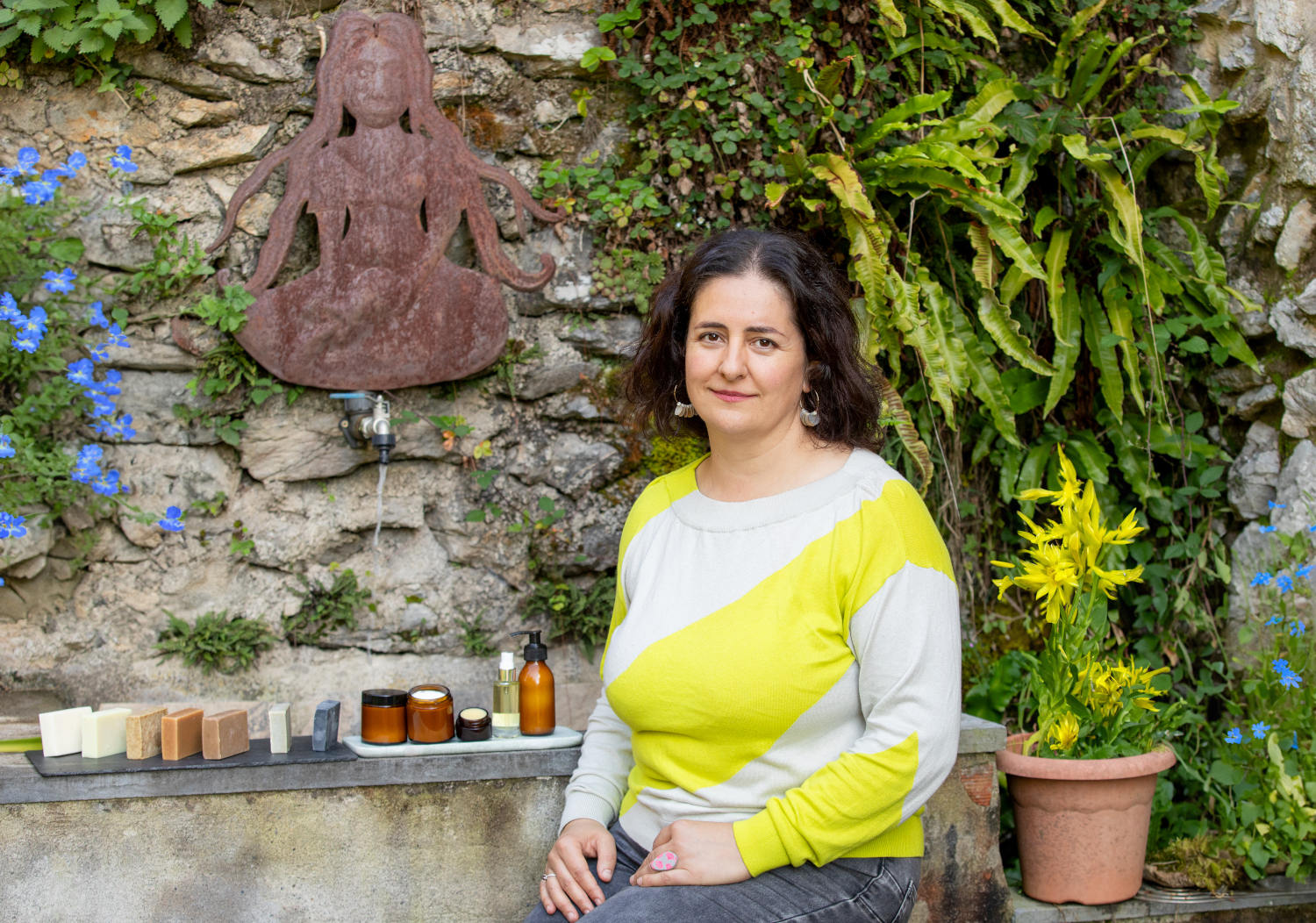
Does the processing of cosmetics at home also help to reduce waste?
We reflect on the amount of plastic boats a person spends on hair shampoo during his or her lifetime, which is a mountain. I mean just one element, shampoo. It was very clear that the book had to teach you how to make a solid shampoo, how to do something unwrapped, or what rolls into a paper.
The pots, mugs and so on that we've used in the book are made of glass. This is a problem because in the bathroom you can't put a glass element in -- but if we put a hot element in the plastic container, we're already contaminating that product with microplastics. And that plastic is already being seen in our arteries, and that's an element related to sterility. So, when you opt for a model of cosmetics in terms of body health, the packaging, which seems insignificant, should be the one that keeps the product well, but also the one that does not contaminate.
The material we've used in the book is everything to reuse, for example, we've made a few soaps in tetra-briks, because there's temptation in the molds, etc. to spend a lot of money. The book is based on the idea of reuse and the idea of organic. When we did the photo shoots, we realized that the residue we generated the most in those four days was organic. If the waste that is generated is organic, we're fine.
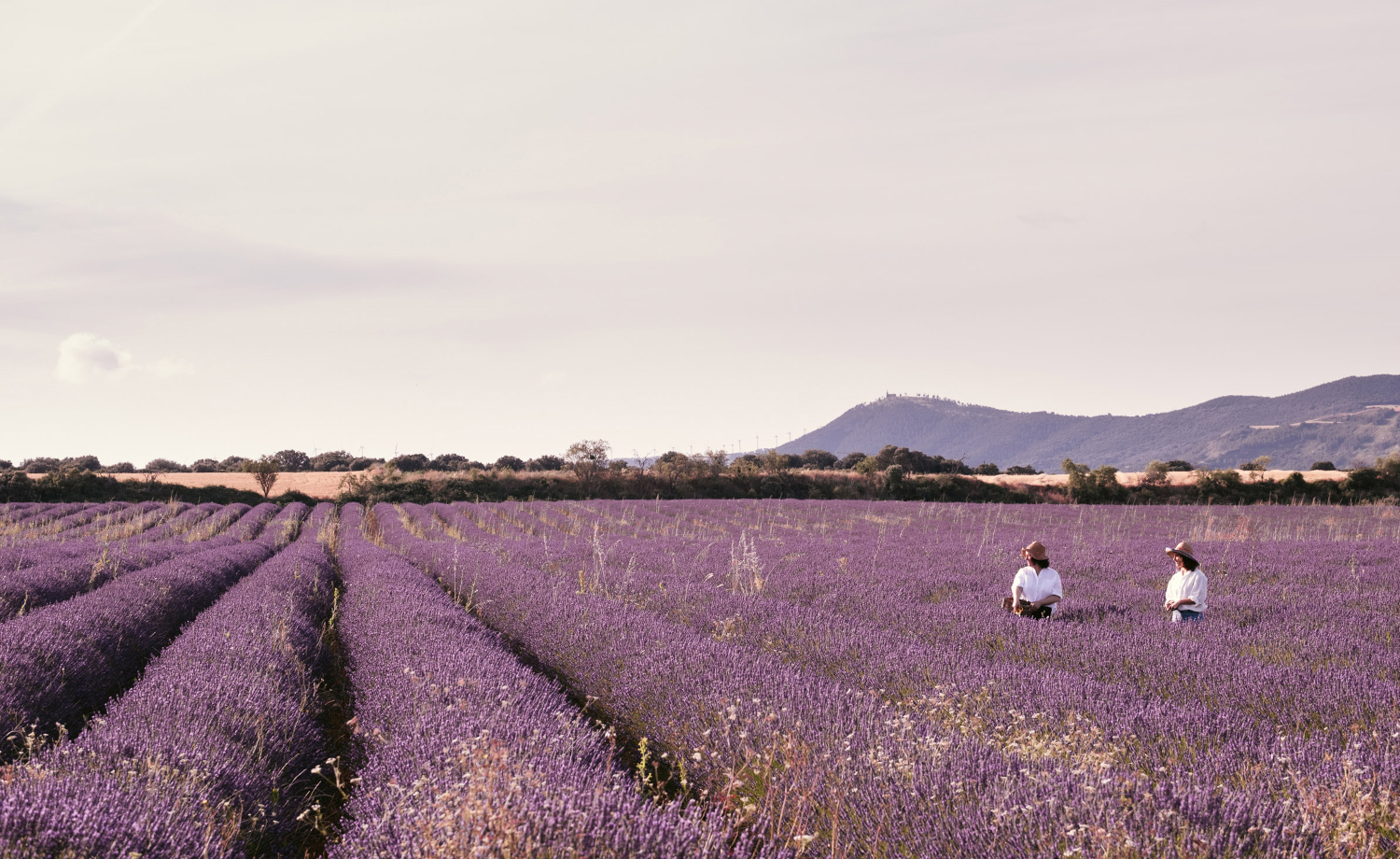
Garbiñe Larrea: "The lavender field in Navarre has been under surveillance for a long time, because there is a widely used image in cosmetics, and also because there is a difficult situation, which is the one that farmers live today.
The market for essential oils is very dirty, fraud is done more than anywhere else and with synthetic essential oils we have a great problem. If there is fumigation to remove weeds and also to give fertilizers, when distilled, the essential oil carries the chemical that has been thrown into the plant. So, that cosmetics you're doing at home is no longer a good model, because what the industry does is you're doing it artisanally: you're making a harmful cosmetic product made at home artisanally.
The owner of this lavender field in Navarre told us that they are in a critical situation, that plantations are being destroyed in many places, because they are not economically viable, because synthetic essential oil has eaten everything. And that man had a weed in the lavender field -- what's called crazy oats -- and he was really excited, because he couldn't get the weeds that had five hectares out of his hands. For him, this was a serious mistake and he was timidly telling us to forgive, to break the perfection of photography, to break that morality. And I said to him, "Look, leave it like this, because I want this weed to be here, because being is good, and because there's weeds, camamiles, plantons -- because here's biodiversity." This biodiversity destroys the industrial model. And when this lavender is distilled, it has nothing but rain falling from the sky. That's important to me. We haven't taken it off in photoshop, because this is a plantation that matches our message.
I am sorry to say that we do not know whether this plantation will be able to continue in the coming year or in the coming year, because organic farming is in unviable situations.
Conversely, the consumption of lavender essential oil increases exponentially year after year. There are more and more brands, fraud is more widespread and I have no doubt that it is imposing on us the essential oil which is synthetic. And accidents are happening: surface burns, pollution and even more accidents in internal use. I have come to advise you at times not to use the essential oil, due to the insecurity that we are already arriving".
Sare sozialen kontra hitz egitea ondo dago, beno, nire inguruan ondo ikusia bezala dago sare sozialek dakartzaten kalteez eta txarkeriez aritzea; progre gelditzen da bat horrela jardunda, baina gaur alde hitz egin nahi dut. Ez ni optimista digitala nauzuelako, baizik eta sare... [+]
Udaberri aurreratua ate joka dabilkigu batean eta bestean, tximeletak eta loreak indarrean dabiltza. Ez dakit onerako edo txarrerako, gure etxean otsailean tximeleta artaldean ikustea baino otsoa ikustea hobea zela esaten baitzen.